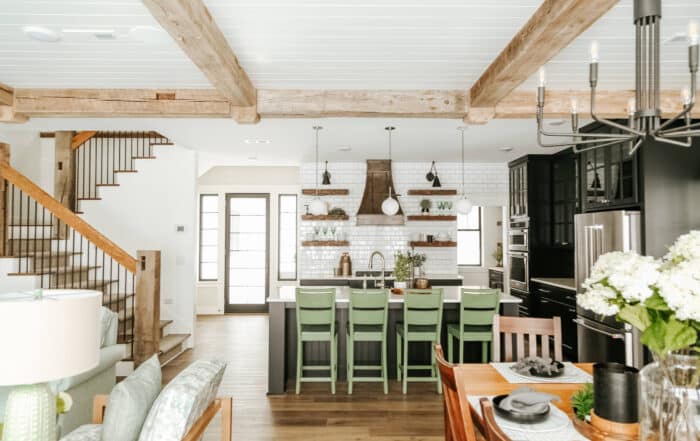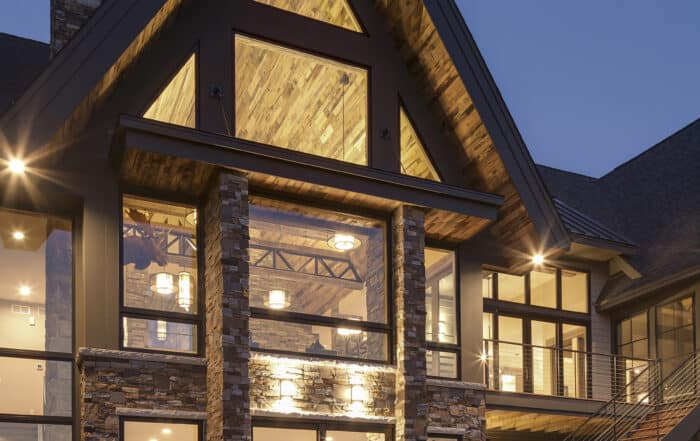Why Old Growth Wood Outperforms New Timbers
Why Old Growth Wood Outperforms New Timbers From hardwood floors to built-in cabinets to the framing of your home, wood is a material that deserves a lot of talk in the building world. Some of the more common conversations will regard what species of wood to use for various applications in your home. Hard and durable oak is a top choice for flooring, while
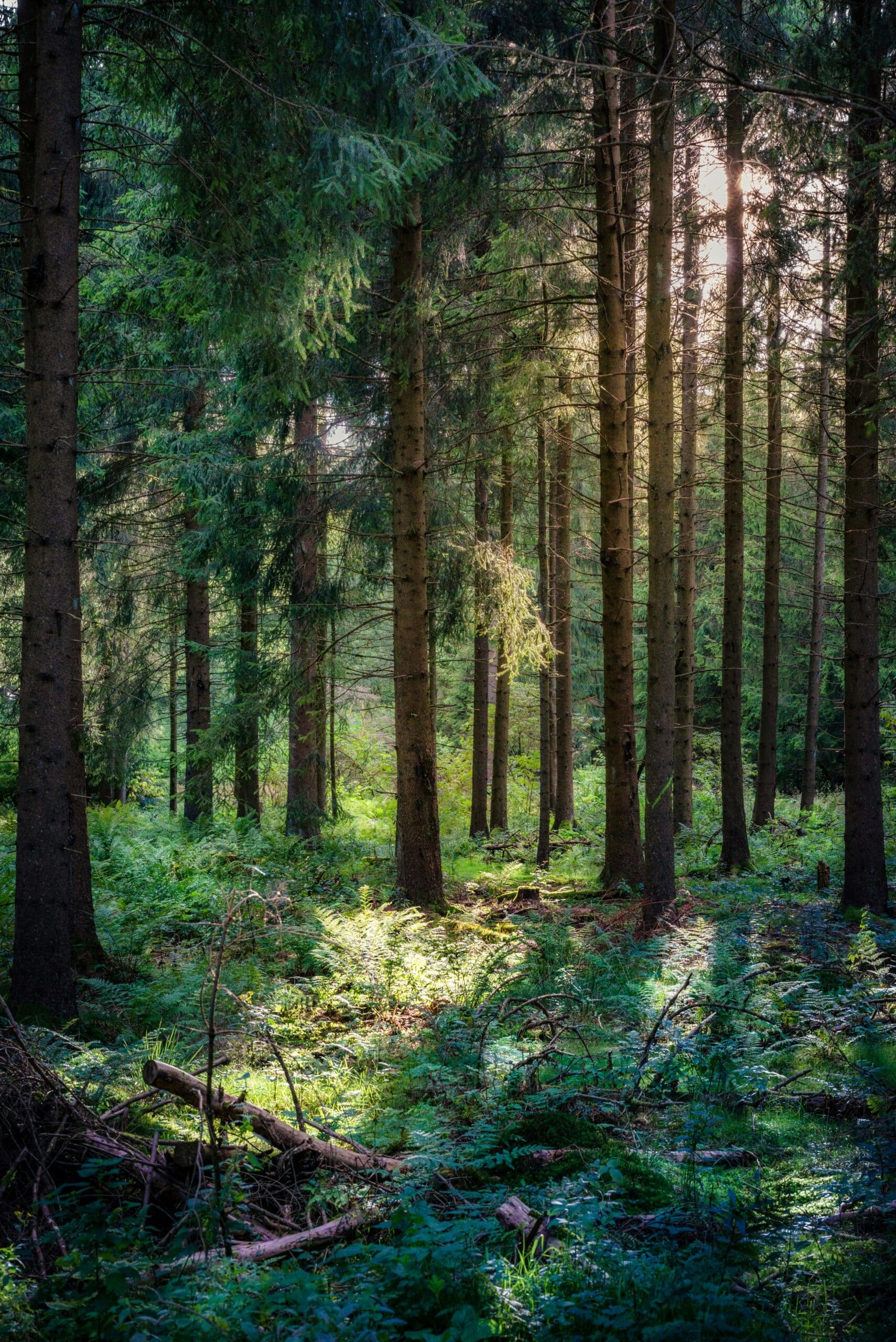
By mrtimbers | Updated May 23, 2025
Why Old Growth Wood Outperforms New Timbers
From hardwood floors to built-in cabinets to the framing of your home, wood is a material that deserves a lot of talk in the building world.
Some of the more common conversations will regard what species of wood to use for various applications in your home. Hard and durable oak is a top choice for flooring, while the rich colors and complex grain in walnut make it prime for elegant furniture, but not all oak or walnut is made the same.
There is a large difference between new growth wood that has been cultivated in plantations and the old growth wood that has been growing in our forests for centuries. The modern forestry industry is often focused on producing large quantities of wood in short periods of time, which comes with some significant trade offs when compared to older trees.
When dealing with reclaimed wood, we are allowed the opportunity to take a step back in time and make use of the old growth forests that built the homes and workplaces of our ancestors. At Manomin Resawn Timbers, we know old wood, and we’re eager to share the benefits with you.
What is Old Growth Wood?
When we think about old growth wood, we picture the great American forests - dense and endless acres of pines, oaks, firs, elms, and many more species of towering trunks. These uncultivated crops of trees have been growing at their own pace for centuries, building layer after layer of strong hardwood.
Old growth wood must come from a tree that is at least 120 years old as defined by the Minnesota Department of Natural Resources. This is compared to new growth trees that are ready to be harvested in 10-20 years.
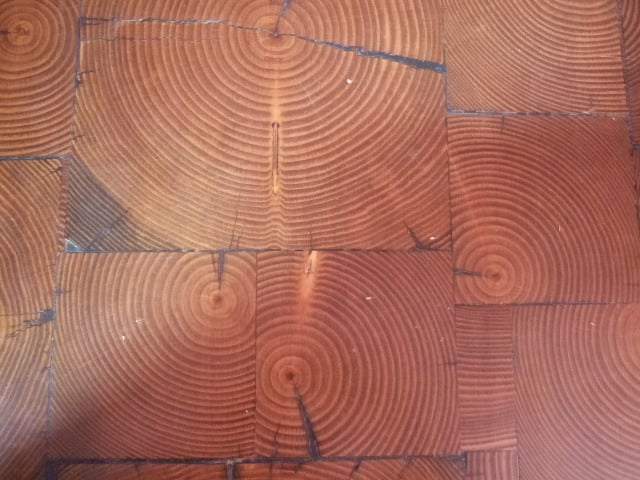
Our antique end grain wood tile flooring showcases the tight rings of old growth wood.
Old growth forests develop over these longer periods with a constant cycle of newer trees taking the place of older ones that fall providing a natural regeneration of the ecosystem. After a century or two of this process, undisturbed by cutting or catastrophic weather events, the characteristics of an old growth forest emerge.
These old growth forests will contain large, sturdy trees with individual specimens reaching 200-300 years of age. The forest floor will be packed with dense vegetation including younger tree saplings as well as a variety of other vegetation, debris, and a number of animal species.
These robust ecosystems are a testament to sustainability with huge benefits to the species that live in them as well as the people that live nearby. The large amount of plants and lichen fix carbon and nitrogen from our air, while the dense root structures improve water retention and soil health, and the fallen trees and other debris provides shelter to small animals.
While the ecological benefits of old growth forests are paramount to modern sustainability, the wood gathered from these trees is also key in sustainable building. Though it takes much longer to harvest old growth wood, it also can function for much longer than new wood, making it a sort of renewable resource.
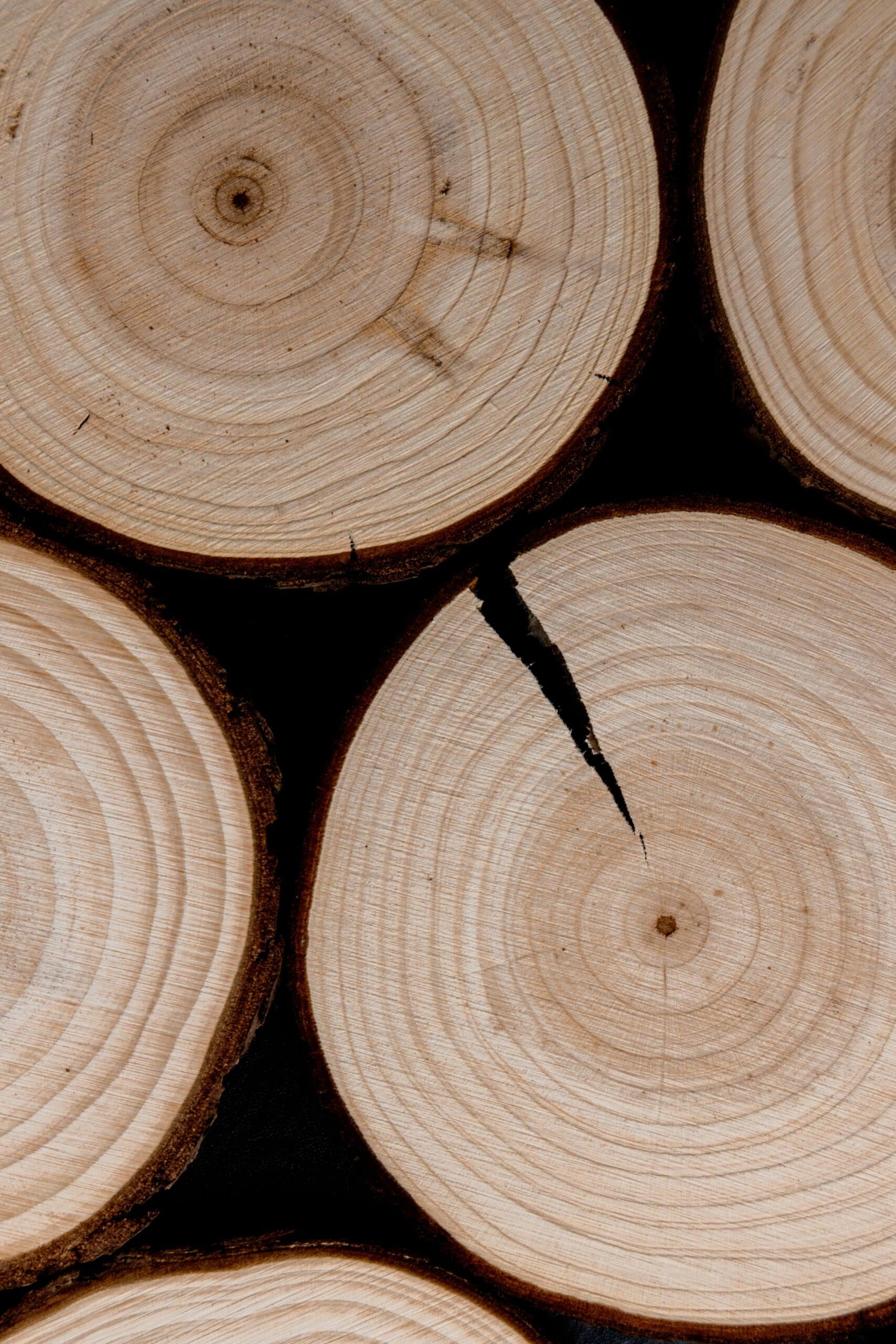
These new growth timbers display much more spaced out rings with softer wood in between them.
Characteristics of Old Growth Wood vs New Growth
As a tree grows, it creates layer after layer of wood, with older levels hardening into dense heartwood, and the newer “living” growth acting as the lungs and veins of the tree, transporting water and nutrients throughout the trunk. These layers generally follow the growing season and become represented as the rings we see when we cut into a timber - more rings equals more years of growth.
The goal of new growth forestry is to produce wood fast with the trees growing in large spurts each year, filling out to a harvestable size in a couple of decades. This only allows for as many rings with a lot of softer wood in between.
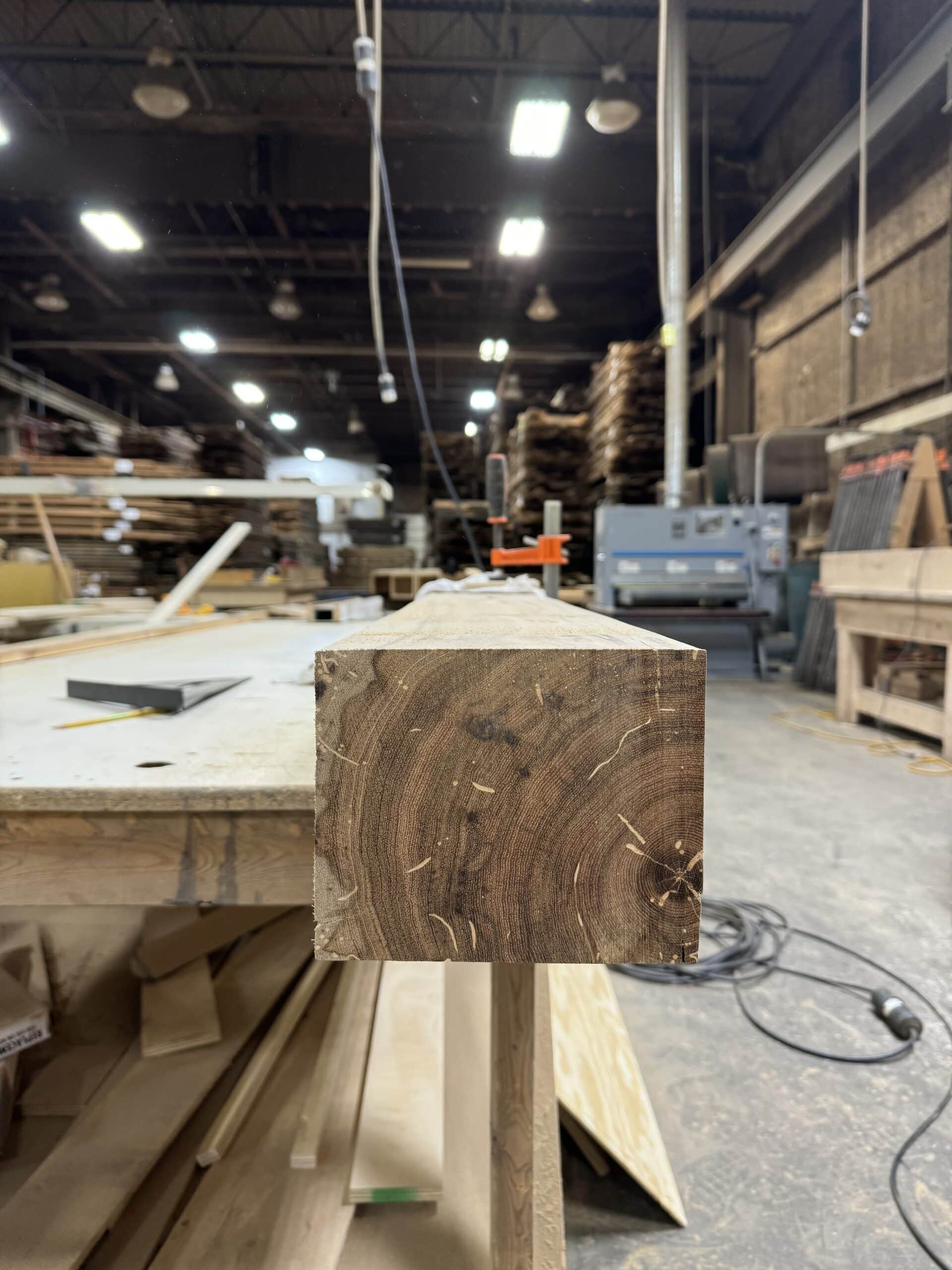
An old growth tree will not only have more rings than a new growth tree, but the rings will be closer together. This densely packed wood is much harder and more stable than its loosely packed counterpart.
The old growth wood will also contain much more heartwood - the “dead” wood at the center of the tree that is harder and less permeable than the rest of the timber. New growth wood has much more living sapwood, which is softer and more porous, as it is the tissue responsible for transporting fluids throughout the tree.
Building with Old Growth Wood vs New Growth Wood
With its dense structure and durable nature, building with old growth wood is preferred wherever hardwood is needed. The strength of old growth wood means that it will outlast newer wood wherever it is placed.
Along with being stronger, old growth wood is more resistant to rot and moisture due to its tightly packed structure. New growth wood will need to be replaced more often and wont serve well in wet or more humid climates.
The inherent beauty and complex grains of old growth timbers also provide an elegant aesthetic to whatever you choose to build with them. The densely packed rings and non-uniform growth patterns add unrivaled character to floors, cabinets, mantels, panels, or any number of other wood features in your home.
While old growth wood is often more expensive and harder to find than new wood, it will more than make up for the cost with its longevity and structural benefits. This type of wood is so long lasting that we are still able to make use of timbers that are over 100 years old.
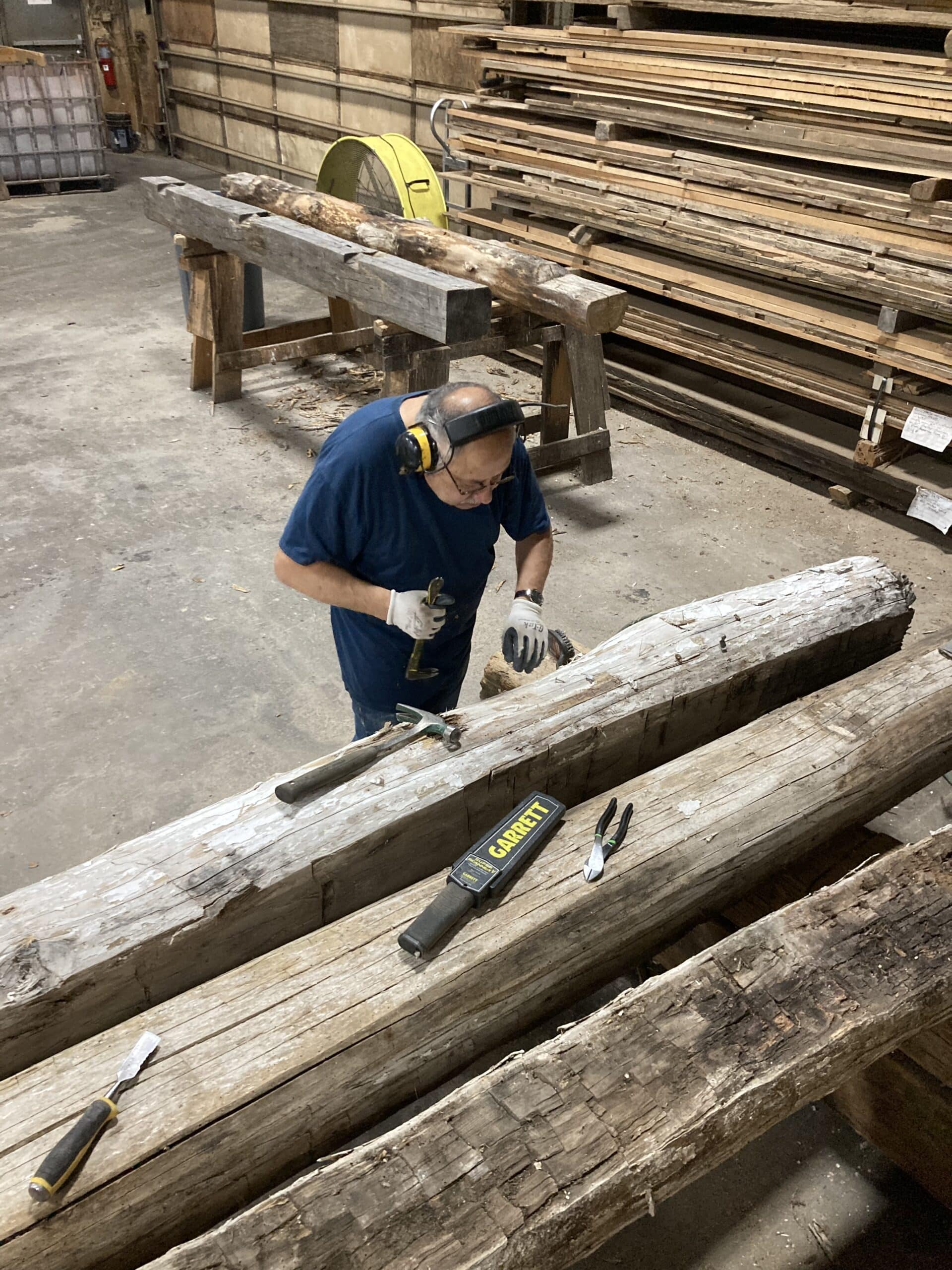
Reclaiming Old Growth Wood
With the long growing times it might seem unreasonable or unsustainable to build with old growth wood, but it’s just the opposite. The durable nature of this building material allows us to reuse timbers that were initially harvested in the 18th and 19th centuries.
During the Industrial Revolution and western expansion, families and industry spread across the frontier through the vast hardwood forests of North America, building everywhere they went. The most abundant and versatile material they found was of course the old growth wood all around them.
This era of our history is filled with farmhouses, barns, warehouses, and factories built with North American hardwoods from old growth forests. The timber was the perfect building material, and as we now know, it was extremely enduring.
Today, we are able to reclaim timbers from these century old structures and find wood that is still as sturdy as it was when it was initially installed. This reclaimed wood is the peak of sustainability, allowing us to recycle building material that has already seen a hundred years of use and could see a hundred more.
Reclaimed wood represents one of the best options available to builders to achieve durability and sustainability in their projects. These trees spent hundreds of years growing, we can get even more out of their timber.
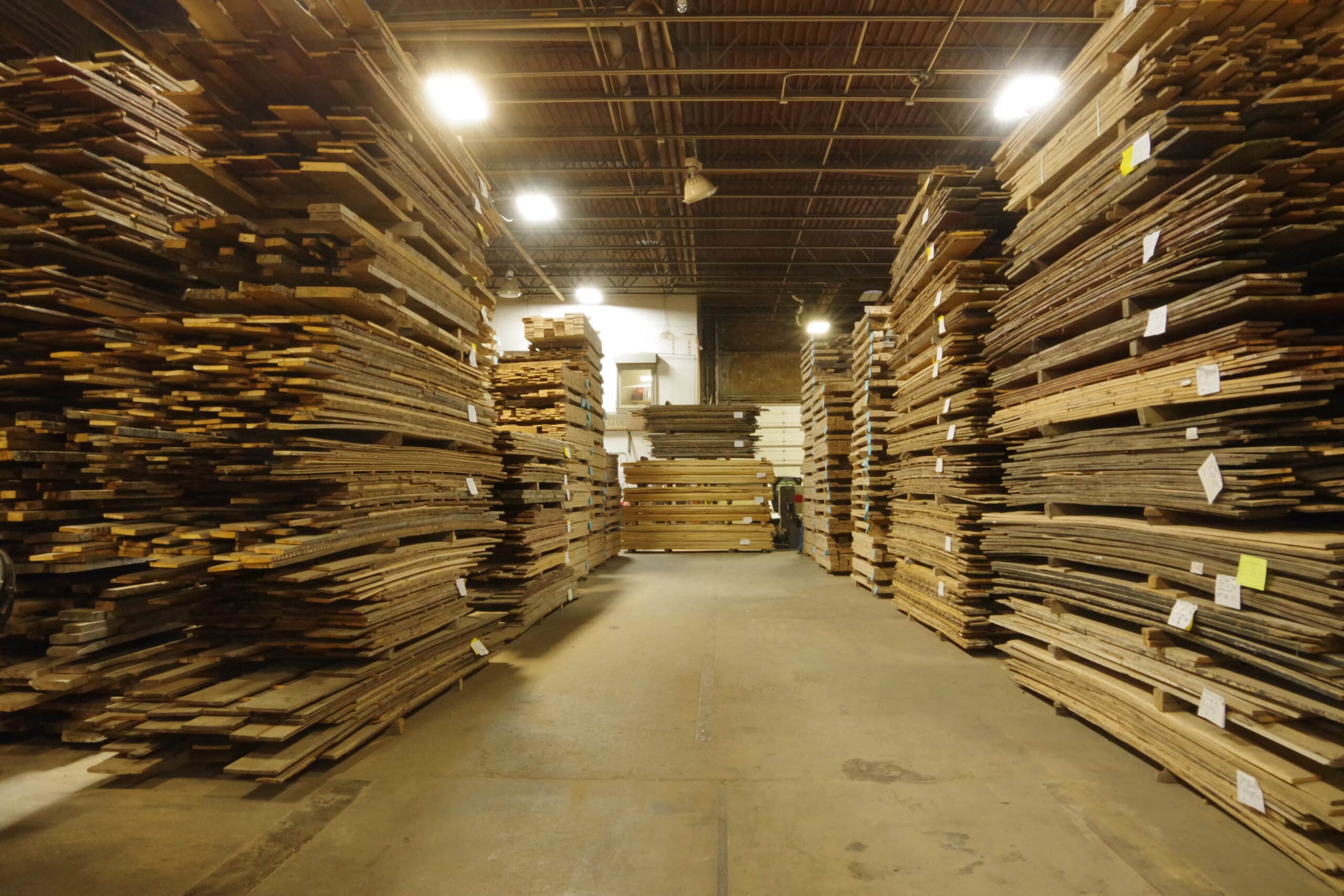
Reclaimed Wood in Minnesota
At Manomin Resawn timbers, we are proud to source exclusively American hardwoods from these Industrial Revolution era structures. This allows us to provide the best quality wood available for any project you might have.
From flooring to wall panels, mantels, or custom cabinetry, our reclaimed wood will invigorate your build and have people talking about those beautiful features.
Contact us to see the many wonderful options of historic hardwoods we have to offer.
5 Powerful Reclaimed Wood Stair Design Ideas
When it comes to stair design ideas, reclaimed wood offers a timeless way to combine function and beauty. A beautifully built staircase not only provides a connection between levels, but it can become a centerpiece that sets the tone for an entire home.
MN Builder to Know: Highmark Builders Modern Rustic Luxury
Every home has a story to tell, and some stories are written in stone and timber, in light-filled rooms and reclaimed textures. For Highmark Builders, one of Minnesota’s premier custom home builders, design is never just about square footage or finishes. It’s about […]
